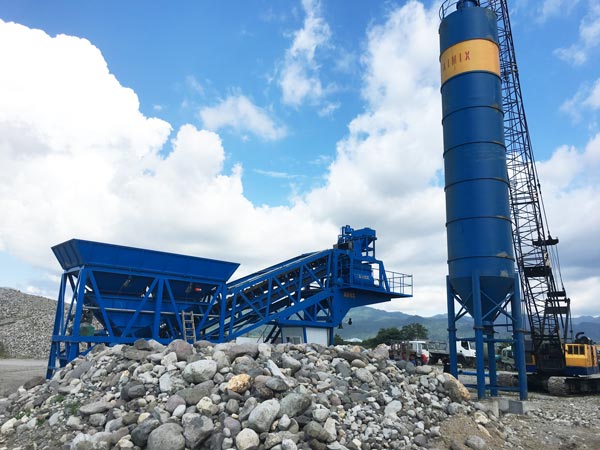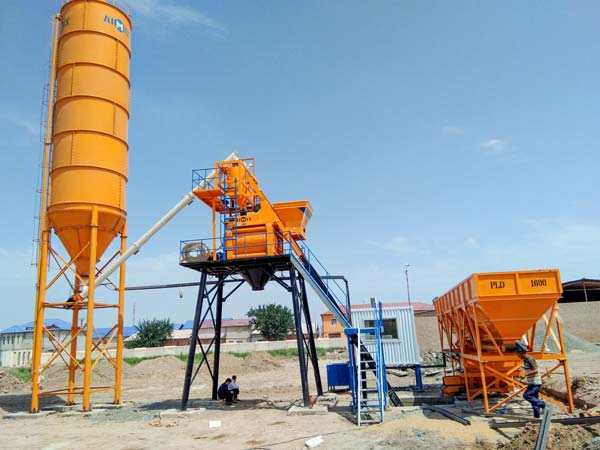Generally speaking, a concrete plant for sale can be subdivided into two primary groups. These are the stationary concrete plant and the portable type. And because there are different manufacturing companies, they generally make different types of mobile and stationary batching machines. This distinction also makes for the classification that lots of manufacturers use to differentiate these two types when it comes to the time of production.
You might realize that most of the stationary-type concrete plants in Kenya available also come with an advanced and easy-to-assemble design. They are extremely effective in large-scale engineering works, large-scale commercial concrete manufacturers, as well as other manufacturers of concrete materials. Generally speaking, all of these construction works require steady operation and overall improved production capacity. A mobile concrete plant, however, consists of different features. Since it‘s mobile, a trailer unit is always applied for towing it and moving it around wherever required on that site.
What’s more, the mobile concrete plant generally makes the production process to be extremely flexible since you can easily carry it to another location if necessary. Unlike the stationary type, this mobile machine is a preferable choice in a wide scope of small and/or medium-sized construction works. These construction projects are mostly short-term projects since the plant can be rented or carried to a different location for a different application. Read more here: https://aimix.ke/portable-concrete-batch-plant/.
Apart from the major classification of these concrete plants as either mobile or stationary, you can still find numerous other ways of grouping these particular machines.

Keep reading and learn the different classifications and properties of a concrete batch plant for sale.
– In terms of usage, this piece of equipment can further be classified into either residential concrete mixing equipment or a commercial concrete batching plant. The real distinction between these two is that the latter is only applied in commercial-based projects. More often than not, it consists of high efficiency and is extremely cost-effective. At the same time, it complies with environmental protection standards to curb pollution.
On the flip side, a residential concrete plant is an effective option when you got your project. However, it’s vital to consider it if it suits your project. Besides usage, the machine’s layout is also a fundamental element that distinguishes these two.
– When it comes to the concrete plant’s layout process, it can generally be grouped into either first-order or second-order. The first-order type involves the lifting of sand aggregate & cement (simultaneously) into the silo – and is often at the top of the mini batching plant. A variety of materials are produced during the process, and you can then get the discharge at the bottom.

The stirring efficiency might be very high, but the installation & disassembling processes are quite challenging, and the total investment cost is high. In comparison, there is a slight difference with the second-order. Once the aggregate is weighed, it is fed back to this concrete mixer.
It has a fairly extensive coverage area. Nevertheless, the mixing efficiency is relatively lower than the first order. However, assembling and disassembling is pretty easy, and the overall manufacturing cost is affordable. It also offers numerous applications.